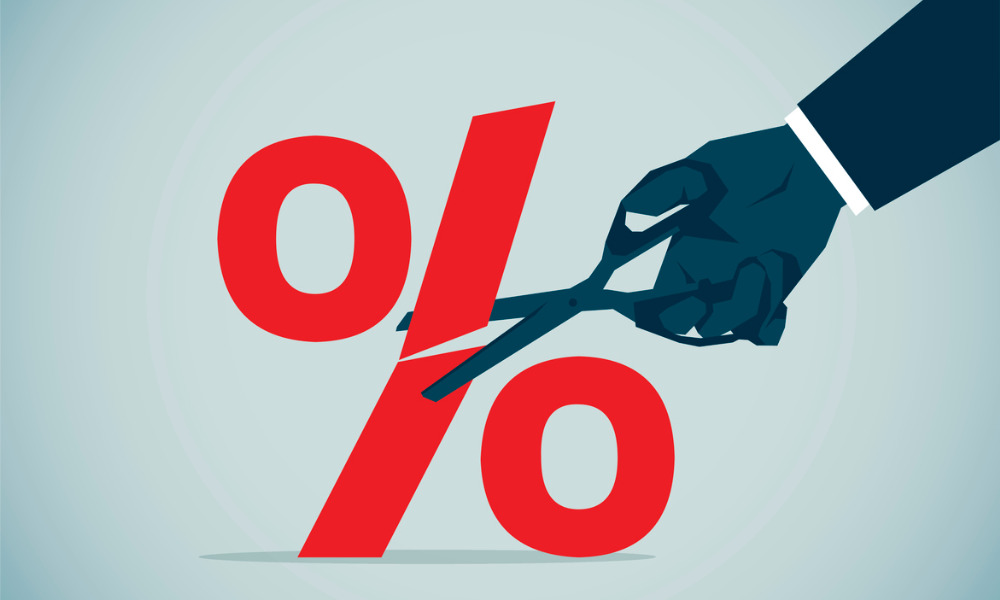

Goldman Sachs Group Inc. economists revamped their outlook for the Federal Reserve, seeing a steady course of interest-rate cuts that begins in March.
Goldman’s economics team, led by Jan Hatzius, anticipates that the Fed’s preferred inflation gauge — the core PCE price index, which excludes volatile food and energy costs — will slow to 2.1% by the end of next year, effectively meeting the policy-setting Federal Open Market Committee’s 2% target.
“In light of the faster return to target, we now expect the FOMC to cut earlier and faster,” Goldman’s team wrote in a note Wednesday.
Goldman is now predicting 25 basis-point rate reductions for March, May and June, with further moves on a quarterly basis. The Wall Street bank previously forecast the Fed to start lowering rates only in the fourth quarter of 2024, with just one move next year.
The economists expect the Fed’s easing will end when the benchmark rate hits a target range of 3.25% to 3.5%. The current range, retained in Wednesday’s Fed policy decision, is 5.25% to 5.5%.
On Wednesday, Fed policymakers projected three rate cuts for 2024 — one more than Goldman’s team had anticipated before the meeting. In its note, Goldman’s team highlighted Chair Jerome Powell’s assessment from earlier this month describing rates as being “well into restrictive territory,” rather than just “restrictive.”
Powell on Wednesday said that lowering rates is something that “begins to come into view and is clearly a topic of discussion out in the world and also a discussion for us at our meeting today.”
“The FOMC delivered a dovish message at its December meeting,” Goldman’s economists wrote. “But we learned more about the inflation outlook today than about the FOMC’s reaction function.”
The bank cited Wednesday’s producer price data, which showed gains slowing to less than 1% in November. Combined with downward revisions to previous months, the implication is a softer pace of increases for the Fed’s preferred price gauge, they said.

Elsewhere in Utah, Raymond James also welcomed another experienced advisor from D.A. Davidson.

A federal appeals court says UBS can’t force arbitration in a trustee lawsuit over alleged fiduciary breaches involving millions in charitable assets.

NorthRock Partners' second deal of 2025 expands its Bay Area presence with a planning practice for tech professionals, entrepreneurs, and business owners.

Rather than big projects and ambitious revamps, a few small but consequential tweaks could make all the difference while still leaving time for well-deserved days off.

Hadley, whose time at Goldman included working with newly appointed CEO Larry Restieri, will lead the firm's efforts at advisor engagement, growth initiatives, and practice management support.
Orion's Tom Wilson on delivering coordinated, high-touch service in a world where returns alone no longer set you apart.
Barely a decade old, registered index-linked annuities have quickly surged in popularity, thanks to their unique blend of protection and growth potential—an appealing option for investors looking to chart a steadier course through today's choppy market waters, says Myles Lambert, Brighthouse Financial.
